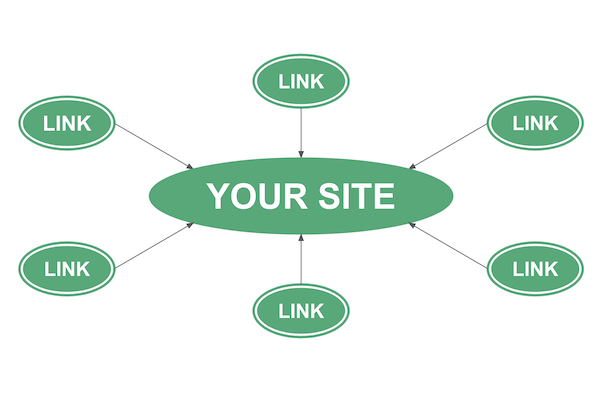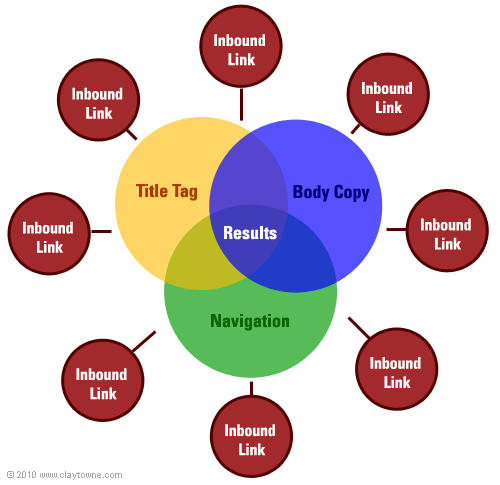
Mobile optimization can be achieved using the same SEO strategies that you use on desktop computers. It is crucial to add the most relevant keywords into your title and meta description for search engine optimization. In addition, you should include a short call-to-action (CTA) in your meta description to encourage click-throughs. Your website should contain relevant keywords and emojis in order to grab your users' attention.
Constructive content that is easy to use
A few extra steps are required to optimize your website so that it is mobile-friendly. The first is to make your website mobile-friendly. Avoid crawl errors and concentrate on the user-experience. Adobe Flash must be removed as many mobile devices cannot support it. It is essential that your website is clear and easy for users to navigate. It is important that your text is large enough for readers to understand and you use a clear font. Your content should also be optimized to mobile users as their search intent might differ from that of desktop users.
Page speed
A mobile experience is very different from a desktop. Users are looking for information that is available immediately, and a slow site will result in a bounce. Optimizing your website for mobile speed is essential. Google PageSpeed Insights is a tool that can be used to assess the page speed across all devices. Mobile-friendly websites are easier to load and more likely to convert.

Canonical tags
One of the most common mistakes with canonical tags is that they make duplicate content worse. The target URL of the redirect should not be identical or duplicate content. Although some SEOs may mistakenly use canonical meta tags to pass link signals, it is not the best way. Read on to learn how to properly use canonical tags in your SEO strategies for mobile devices.
Relevant keywords
Local keywords are crucial to your SEO strategy, especially if your website is mobile. These keywords can help boost your website's local ranking and can easily be found using keyword research tools such as Keyword Intelligence. Simply enter your language and location to find local keyword opportunities. The tool will then provide you with a list containing relevant keywords. Keep in mind that local search volume varies from location to location, so be sure to target relevant keywords for your location.
Google SERPs Featured Snappets
Featured Snippets are content that appears at or near the top of search engine result pages (SERPs). They provide the best possible answers for users' questions. These snippets usually contain relevant content taken from high-ranking pages. This allows them to reduce clicks. A featured snippet is a great way to jumpstart your website's SEO efforts.

FAQ
What is Onpage SEO?
On-page SEO is the process of improving your website's ranking in search engines. On-page SEO includes things such as site architecture and page titles, meta tags and image alt texts. Off-page optimization refers to any activities outside of your website that can improve its ranking. These activities include backlinks and social media shares.
What is an SEO Campaign?
A SEO campaign is a collection of activities that are designed to increase the visibility of a specific webpage or domain name on search engines such as Google, Bing and Yahoo. These activities include optimizing URL structure, title tags, meta description tag, URL structure, pages content, images and internal links.
SEO campaigns begin with keyword analysis, which identifies keywords that can increase organic traffic. Once keywords are identified, they should be optimized across the website from the homepage to individual pages.
Why should I use SEO
There are several reasons why you should use SEO.
It increases the number of people who visit your website through search engine results.
The second benefit is that it increases conversions by making sure users find the exact information they need when they enter their search bar.
Third, it increases brand awareness by helping customers find your business online.
Fourth, it improves the user experience through allowing them to quickly navigate your site.
Finally, it builds trust among potential customers by showing that you care enough about your business to ensure it ranks well in search engines.
How do SEOs work for me?
The first step towards getting a Google ranking is understanding what they are looking for when someone searches for your company name or products on search engines like google. This guide will assist you in writing content that Google ranks high. Also, check out our content marketing guides.
To start, you'll want to create a plan and think about what kind of keywords you want to target. There are two types keywords: broad keywords, such as "digital marketing", and more specific keywords, like "seo".
You will then need to identify a few goals like increasing brand awareness, driving sales leads, and increasing brand recognition.
Once you have established your goals, you can start writing content. You can find some helpful tips here on writing content for SEO.
After you have written your content, it is time to post it to your website or blog. If you have a website, this might involve updating existing pages. If not, you'll need to hire a web designer who can help you set one up.
Link to your content on blogs and other relevant websites once you've published it. This will make your content more visible and increase its exposure.
Statistics
- If two people in 10 clicks go to your site as a result, that is a 20% CTR. (semrush.com)
- These guides are designed and coded 100% from scratch using WordPress. (backlinko.com)
- And 90%+ of these backlinks cite a specific stat from my post: (backlinko.com)
- Sean isn't alone… Blogger James Pearson recently axed hundreds of blog posts from his site… and his organic traffic increased by 30%: (backlinko.com)
- Which led to a 70.43% boost in search engine traffic compared to the old version of the post: (backlinko.com)
External Links
How To
How to choose the perfect SEO strategy for you business
These are some factors that can help you choose the right SEO strategy for your website.
-
Keyword Research
SEO is about ranking high for specific keywords. It is also important to find negative keywords phrases that aren’t relevant to your audience.
-
Content Strategy
Content marketing is important for all businesses. But eCommerce sites need to ensure their products and services rank high on search results pages. This helps drive sales and increases conversion rates.
Therefore, it is important to create engaging, relevant content that solves or offers solutions.
-
Link Building
Links have a huge impact on your website's ranking in search engines. You need to build valuable relationships with other websites.
-
Social Media Marketing
You may consider using social media channels to promote the brand. You can encourage others to share your material by sharing content across these platforms.
-
Website Structure
While good design may not always lead to higher rankings it can make a significant impact on your website's ranking. A clean, simple layout improves user experience, which leads to increased conversions. Additionally, you must ensure your site loads quickly so users don't leave before completing transactions.
-
Mobile Optimization
Mobile devices account for almost half of internet usage today.If your website isn't optimized for mobile, you could lose out on traffic and potential clients.
-
Local Search
This means that your website is optimized for local searches, such "restaurants near my" or "businesses close to me". It is easier to rank locally as people trust recommendations made by family members, friends, and coworkers.
-
Ecommerce Website Development
Ecommerce websites benefit from a range of different types of SEO strategies.For example, they often perform best when they're optimized for both desktop and mobile devices. In addition, they can be ranked higher for longer tail keywords.
-
Video Ranking
Video content ranks well in search engines. It ranks highly for longer queries and receives more share.
-
Branding
Branding is the process of designing a logo, product names, and messaging that gives your company its own identity and personality. This helps customers identify who you really are and what you do.
-
Analytics Software
Analytics software allows you to track how visitors interact with your website.The information gathered through analytics can help optimize your efforts and increase conversions.
-
Email List Management
Email lists allow you to send emails directly to your target audience.You can send messages about new products, special offers, and promotions.
-
Blogging
Blogging is another way to generate quality backlinks. Writing blog posts about your business will help you attract links from trusted sources.
-
Customer Satisfaction
Customer satisfaction is one of the most effective ways to get high-quality backlinks.When satisfied customers refer their friends and colleagues to your site, this will result in quality backlinks.
-
Content Marketing
Content marketing involves producing unique, useful, relevant content that educates, entertains, or inspires readers.
Creating engaging content will help build trust with your target audience and lead to higher conversion rates.